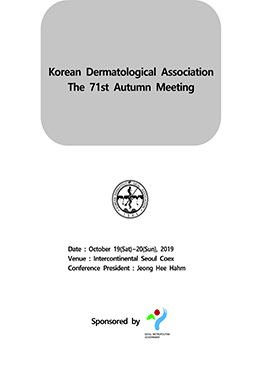Background: The association between tumor-associated macrophages (TAMs) and the expression of immune checkpoint molecules has not been well described in cutaneous melanoma.
Objectives: We investigated the correlation between the density of M2-TAMs and the immune checkpoint molecules PD-1 and LAG-3 by using immunohistochemistry on melanoma tissue. We also determined their relationships with the clinicopathological features and disease outcomes in melanoma.
Methods: Diagnostic tissues collected from melanoma patients were evaluated using immunohistochemistry for CD163, PD-1, and LAG-3 expression.
Results: CD163 expression positively correlated with PD-1 and LAG-3 expression. High expression of both CD163 and PD-1 expressions was significantly associated with negative prognostic factors and worse prognosis than high expression of the single markers. High co-expression of CD163 and LAG-3 was associated with poor clinicopathological indexes of melanoma and worse survival compared to the high expression of the single markers.
Conclusion: In conclusion, the expression of PD-1 and LAG-3 correlated with the density of M2-TAMs and CD163 expression can stratify patients with high expression of PD-1 or LAG-3. Concurrent high expression of both CD163 and PD-1 (CD163highPD-1high) or LAG-3 (CD163highLAG- 3high) in melanoma were independent poor prognostic factors.




